Industry News | Summer Agricultural Irrigation: Scientific Use and Efficiency Improvement of Large Sprinkler Irrigation Machines
After the onset of summer, the high temperature weather leads to a sudden increase in agricultural evaporation, resulting in a significant increase in crop water demand. Irrigation has become a key link in agricultural production. However, improper operation of large sprinkler irrigation machines during summer can easily cause problems such as burning of crop leaves and fruit shedding. This is not a performance issue with the equipment, but rather a failure to follow the irrigation rules under the special weather conditions of summer.
Irrigation period selection: Avoid high temperature stress period
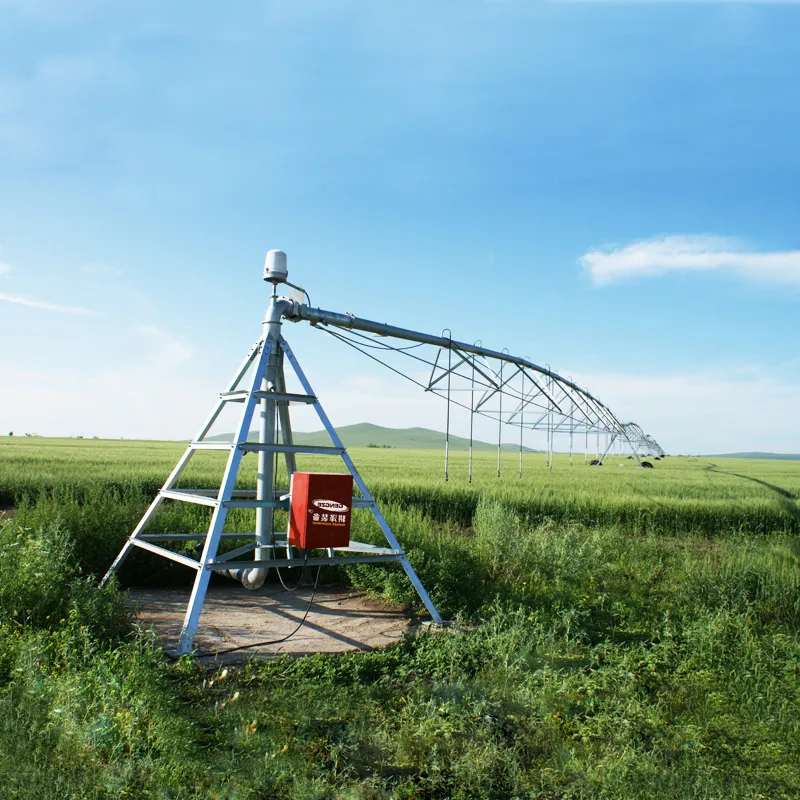
During the midday hours of summer, from 12:00 to 14:00, the surface temperature often exceeds 40 ℃. There are two major drawbacks to conducting sprinkler irrigation operations at this time: firstly, the high temperature causes the evaporation loss rate of water droplets to exceed 30%, significantly reducing irrigation efficiency; Secondly, under high temperature conditions, water droplets retained on the surface of leaves can form localized high-temperature zones, causing leaf tissue burns, especially affecting broad-leaved crops such as tomatoes and cucumbers.
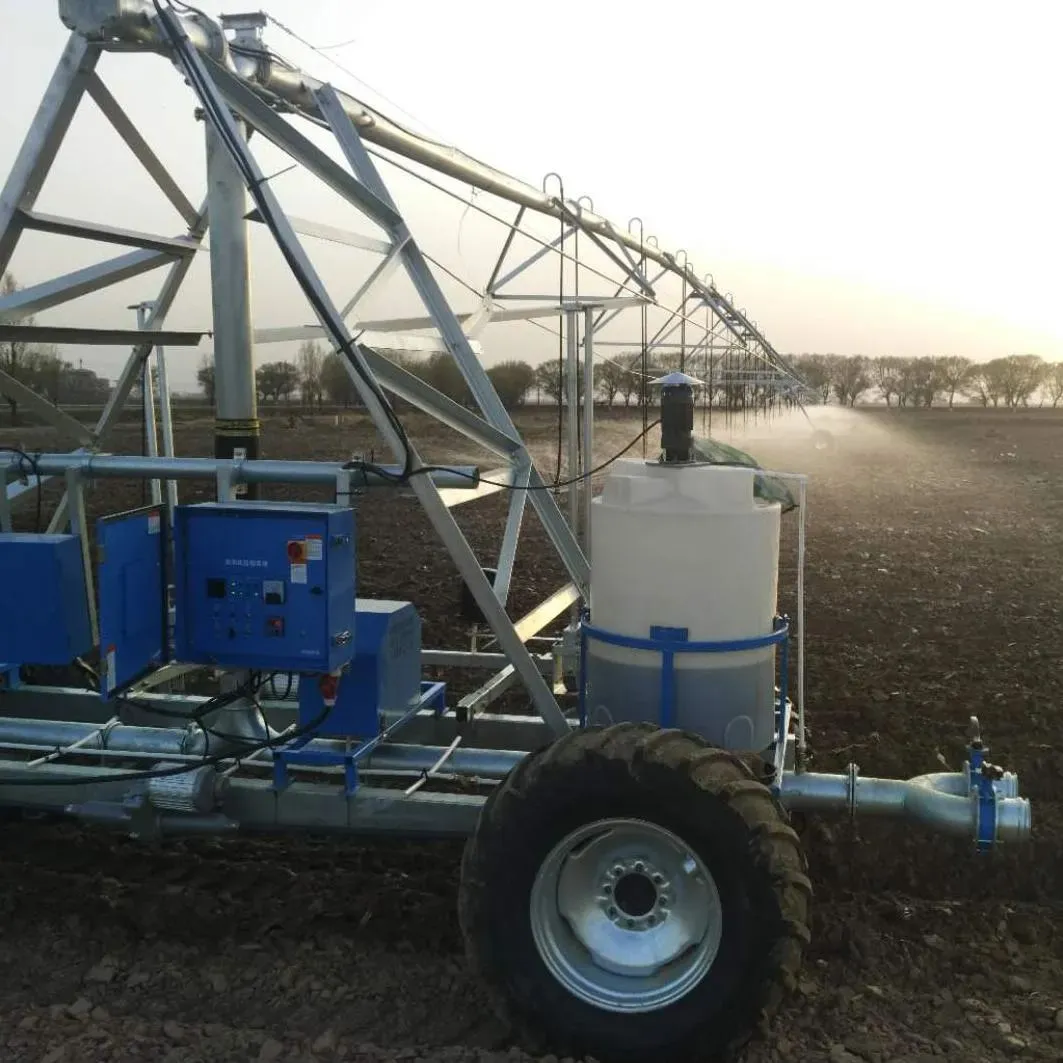
Recommended homework period:
3:00-8:00 am: At this time, the temperature is usually in the range of 20-30 ℃, and the difference between water temperature and ground temperature is less than 5 ℃, which can reduce the physiological stress response of roots caused by sudden temperature changes, and the evaporation loss rate can be controlled within 10%.
From 18:00 to 22:00 in the evening: When selecting this time period, it is necessary to meet the condition that the surface moisture of the leaves evaporates completely within 2 hours after the end of irrigation, in order to reduce the risk of diseases caused by high humidity environments at night (such as a positive correlation between the incidence of downy mildew and the duration of leaf wetting).
Key parameter setting: precise regulation based on crop characteristics
1. Water droplet diameter and working pressure configuration for high stem crops such as corn and sorghum: It is recommended to use medium water droplets with a diameter of 3-5mm and a matching working pressure of 0.2-0.3MPa. This parameter combination can ensure deep soil moisture while reducing mechanical damage to leaves. Cotton, soybeans and other flowering and podding crops: Small water droplets with a diameter of 2-3mm should be selected, and the working pressure should be adjusted to 0.15MPa to avoid mechanical impact on the flower bells caused by larger water droplets leading to detachment.
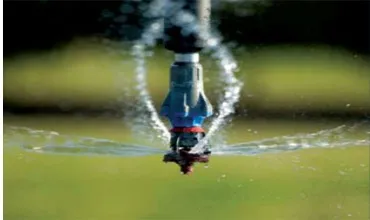
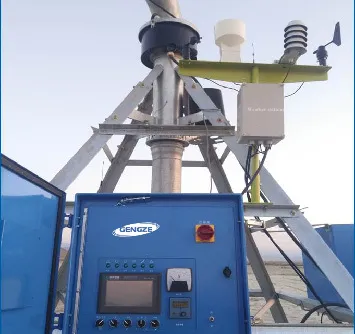
2. Adjustment of travel speed
Adjust the equipment travel speed according to the water demand characteristics of crop growth period:
During critical water demand periods such as the corn horn stage and rice heading stage, the traveling speed of the translational sprinkler should be controlled at 5-6m/h to ensure that the unit area of irrigation reaches 40-45m ³/acre.
Seedlings and mature crops: The walking speed can be increased to 7-8m/h to avoid root hypoxia caused by waterlogging in the field.
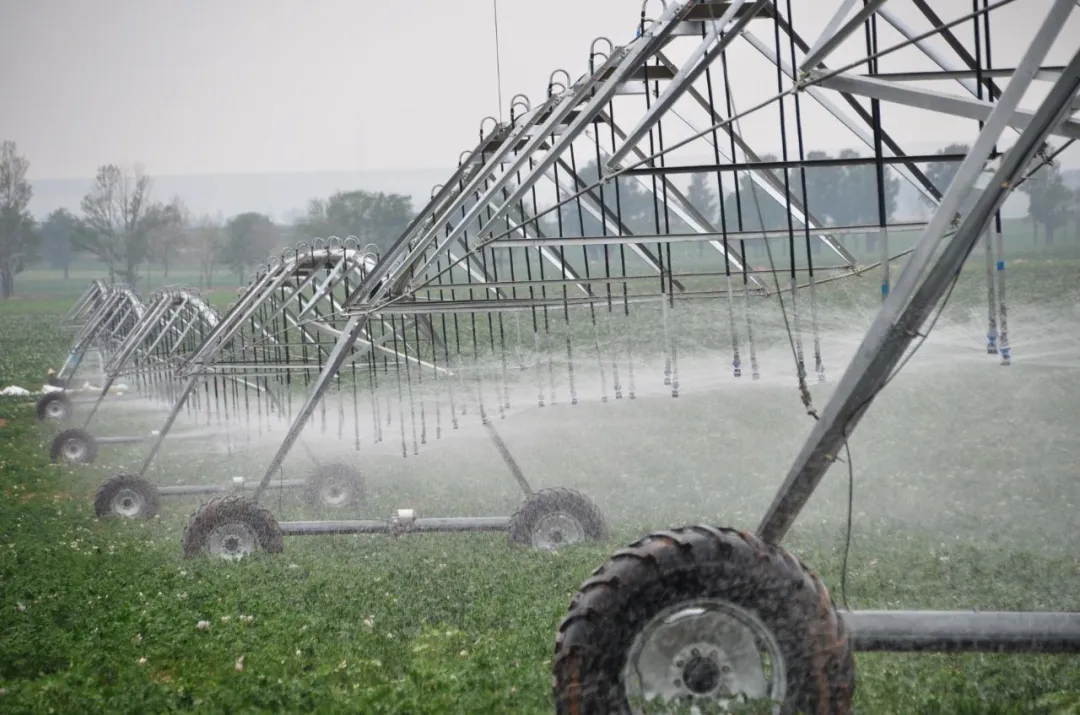
Equipment maintenance: Technical requirements for adapting to high temperature environments
1. Power system cooling management
The continuous operation time of the motor should not exceed 4 hours, and it needs to be stopped for 30 minutes for heat dissipation treatment
2. Field management after irrigation
Soil moisture monitoring: Check the moisture content of the 0-30cm soil layer 24 hours after irrigation. The suitable moisture content for sandy soil is 60% -70% of the field capacity, and for clayey soil it should be controlled between 70% -80%.
Mid tillage operation: Within 48 hours after irrigation, shallow tillage operations with a depth of 3-5cm can reduce soil surface evaporation by 20%, improve soil aeration, and promote root respiration.
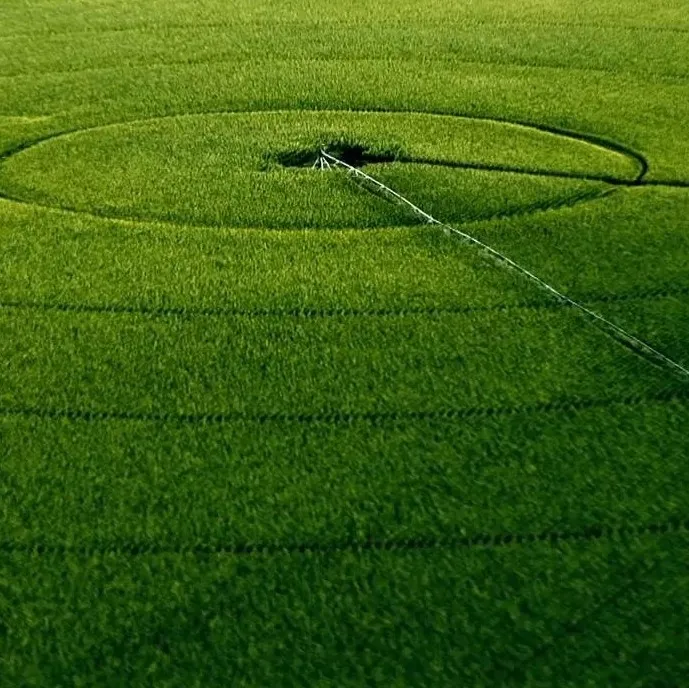
The core principle of using large-scale sprinkler irrigation machines in summer is to adjust the operating time according to meteorological conditions, optimize operating parameters based on crop characteristics, and ensure equipment efficiency through scientific maintenance. Practice has shown that adopting the above technical solutions can increase irrigation water utilization efficiency by more than 30%, while significantly reducing crop response to high temperature stress and providing a stable water environment for crop growth. Scientific and standardized sprinkler irrigation operations are of great significance in ensuring a bountiful harvest in agriculture under the climate conditions of this year's super long monsoon season.
Article source: Farming equipment